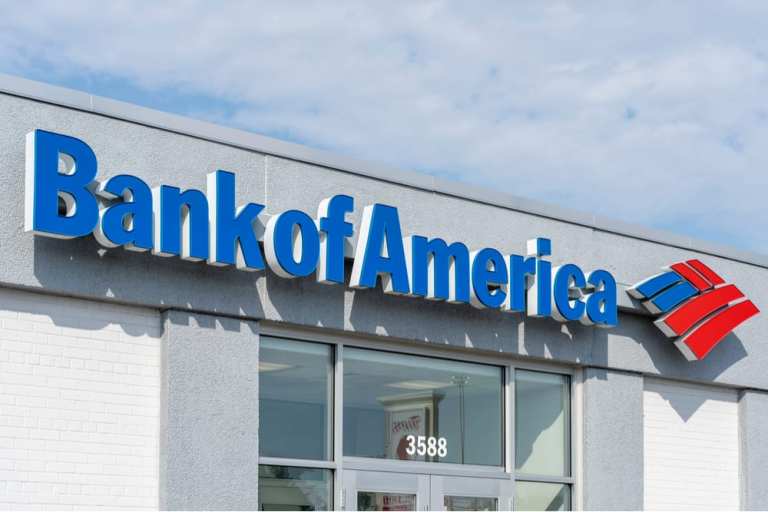
Zelle P2P payments increased 76 percent year-over-year (YoY) in the third quarter of 2019, Bank of America said on Wednesday (Oct. 16), signaling the latest burst of growth for that payment method. During the quarter, consumers made 80.8 million payments worth $20.8 billion using Zelle.
In its Q3 financial release, Bank of America also gave updates on its mobile and digital efforts. The financial institution said 26 percent of all consumer sales were digital and 52 percent of all digital sales came via mobile.
In all, Bank of America now has 38 million active digital banking users, along with 28.7 million active mobile banking users. The earnings report also said there have been nine million Erica users since its launch in April 2018.
Across the bank’s commercial, corporate and business banking businesses, the number of CashPro® Online users stands at 500,000.
Digital also played a role in consumer mortgage applications, with 40 percent of those applications coming in via digital channels in Q3. Sixty percent of total direct auto applications came from digital.
For its payment and debit card business, Bank of America said total credit and debit spend reached $162 billion for U.S. consumer cards. Average outstanding balances stood at $94.4 billion in the third quarter of 2019 for U.S. consumer cards. The bank’s provision for credit losses was $917 million.
“In a moderately growing economy, we focused on driving those things that are controllable,” CEO Brian Moynihan said in the company’s news release, according to reports. “Our client activity, the expansion of our client base and our ability to gain market share across most of our businesses in the quarter all reflect responsible growth.”
Overall, Bank of America reported net income of $5.8 billion, or 56 cents per diluted share for the third quarter. The financial institution noted that “revenue, net of interest expense, increased modestly to $22.8 billion, reflecting both higher investment banking fees and net interest income (NII) partially offset by an equity investment gain in the prior-year period.”